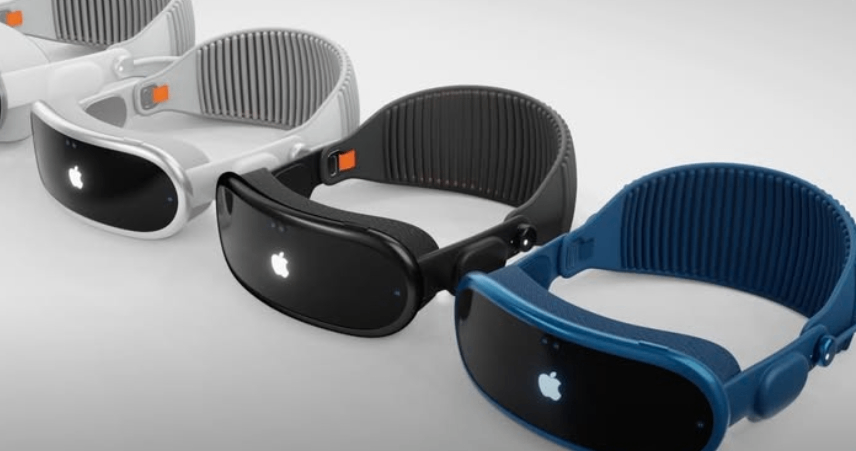WWDC 2025 will be held online from June 9 to June 13 local time. It will still focus on developers and showcase the latest technological achievements of the Apple ecosystem.
Among them, the part that users are most concerned about is undoubtedly the keynote speech, which will officially begin at 10 a.m. Pacific Time on June 9 (1 a.m. Beijing time on the 10th) and will be broadcast through Apple's official website, Apple TV app and YouTube platform. Live broadcast.
What updates will be available to WWDC 2025?Hawk Insight brings you one article ~
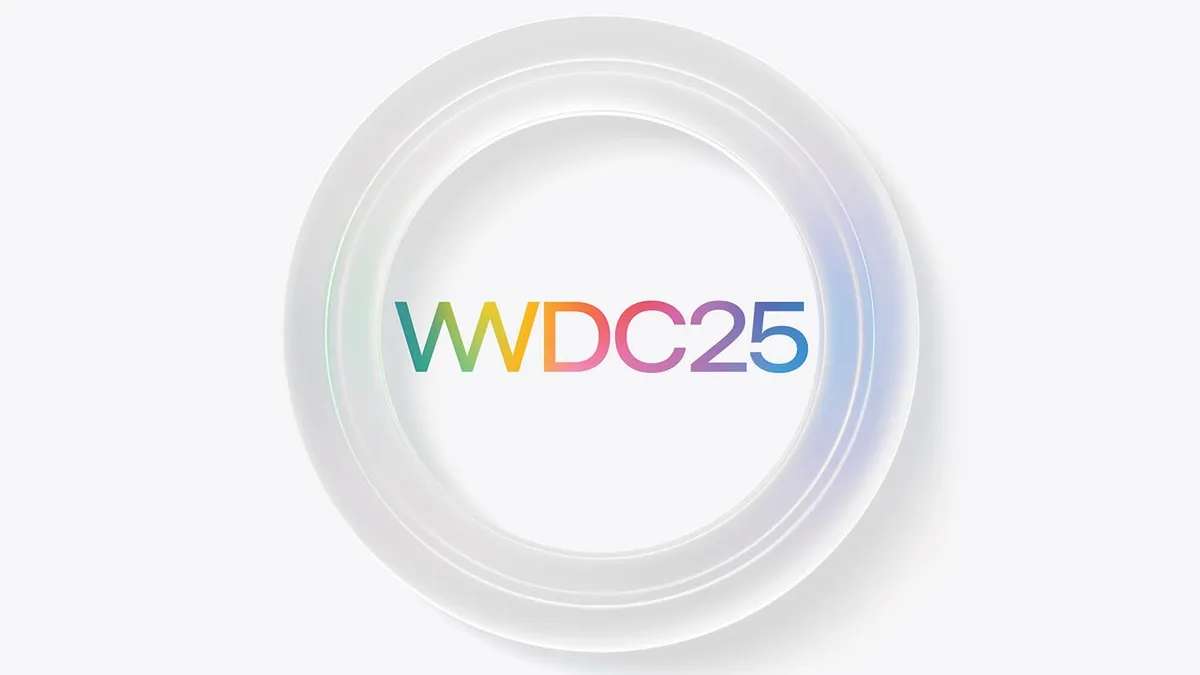
1. New operating system
Apple will end the version number naming rule that has been in use for more than a decade and adopt the "year identification" system for the first time. All operating systems will be uniformly named "26 series"(such as iOS 26 and macOS 26), corresponding to the 2026 technology roadmap and strengthening ecological consistency.
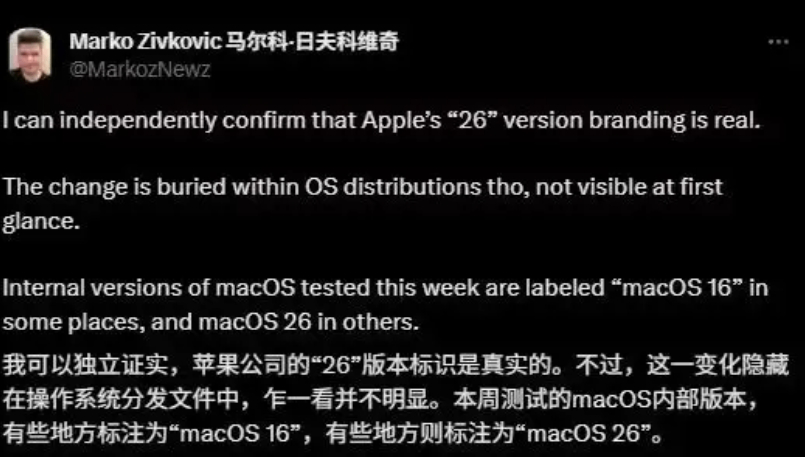
The list shows that iOS 26 supports the minimum iPhone 11 series models. The complete list is as follows:
iPhone 16/e/Plus/Pro/Pro Max;
iPhone 15/Plus/Pro/Pro Max;
iPhone 14/Plus/Pro/Pro Max;
iPhone 13/mini/Pro/Pro Max;
iPhone 12/mini/Pro/Pro Max;
iPhone 11/Pro/Pro Max;
iPhone SE 2/3。
2. New visual effects
Visual design has ushered in the biggest innovation since iOS 7 in 2013, codenamed "Solarium"(or "Living Glass"), and deeply transplanted Vision Pro's glass aesthetics across the platform.The new design language contains three core elements:
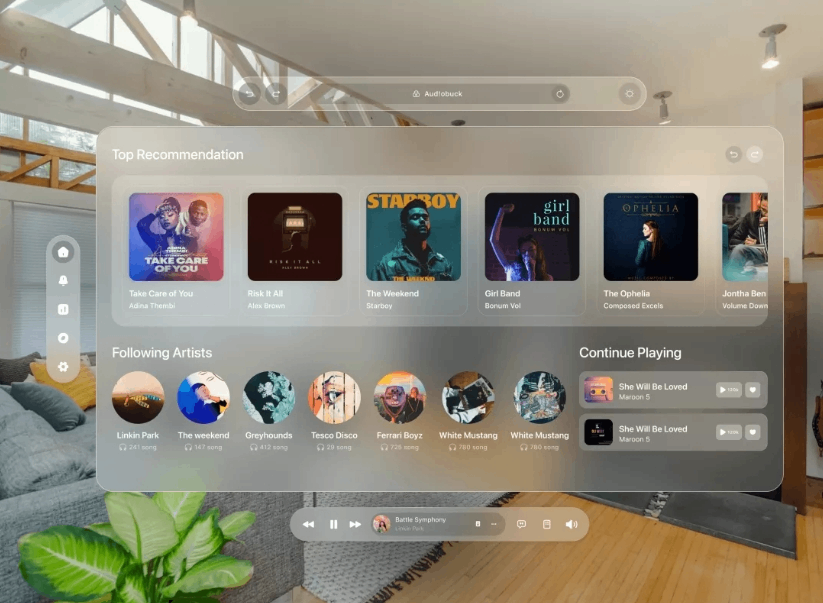
- Translucent frosted glass effects: The notification center and control center use dynamic light and shadow lamination technology to present a glowing gauze texture. Real-time rendering of environmental light effects requires the support of A13 and above chips, resulting in the elimination of A12 models such as iPhone XR/XS;
- Floating UI system: The application icon is upgraded to a rounded outline (increasing the rounded radius by 15%), the bottom navigation bar is changed to a pill shape, and long-pressed animation simulates physical inertia elasticity;
- Spatial hierarchical logic: Reverse extraction of depth-sensing interactions from visionOS, such as the "gaze zoom" function embedding spatial computing genes, paving the way for seamless experience across devices.InvalidParameterValue
3. Open the device model to developers
With the new SDK, third-party applications can access Apple's optimized localized small models to avoid relying on cloud computing power.The move directly targets the Gemini Nano on Google's Android platform and is intended to inspire developers to use the neural engine of Apple chips to develop privacy-first AI features.Goldman Sachs reported that this move will strengthen the "hardware-software-service" closed loop. Especially when the iPhone 17 is equipped with a new generation of neural engine chips, developers 'innovation may translate into an increase in subscription services, driving an annual increase in service revenue by 10%-15%.
4. Cross-device collaboration
Cross-device collaboration achieves breakthrough progress:
- iPhone desktop: After connecting to a 4K display, you can activate multi-window free drag and drop, desktop-level Keynote/Excel operations, and support keyboard and mouse control;
- iPad is fully "Mac-like": the global menu bar is automatically enabled when connecting the smart keyboard, and Stage Manager 2.0 supports cross-application file drag and drop and freely zoom windows;
- Game ecosystem integration: Add a cross-platform Game Center to open up the iOS/iPadOS/macOS/tvOS achievement system and social functions.InvalidParameterValue
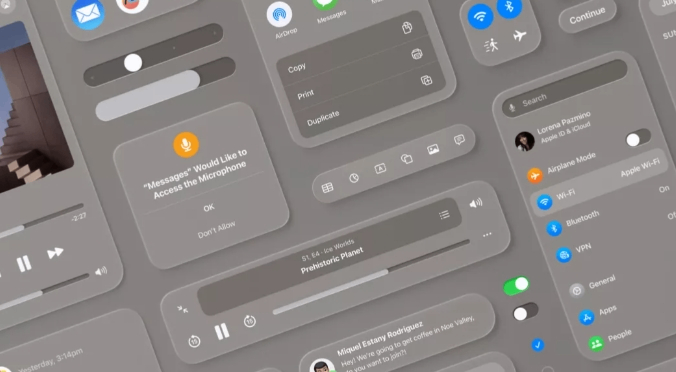
5. AI capabilities (rumored)
- Real-time translation: AirPods Pro 3 supports simultaneous interpretation of face-to-face conversations in 9 languages. The other party's voice is translated into the ear, and the mobile phone plays the reply;
- Open device-side model: For the first time, a lightweight "Apple Basic Model"(about 3 billion parameters) is provided, and third-party developers can call local AI computing power to achieve text generation/image optimization;
- Health coach "Mulberry": Integrate Apple Watch data to generate a personalized exercise/diet plan, annual subscription (approximately $200/year).InvalidParameterValue
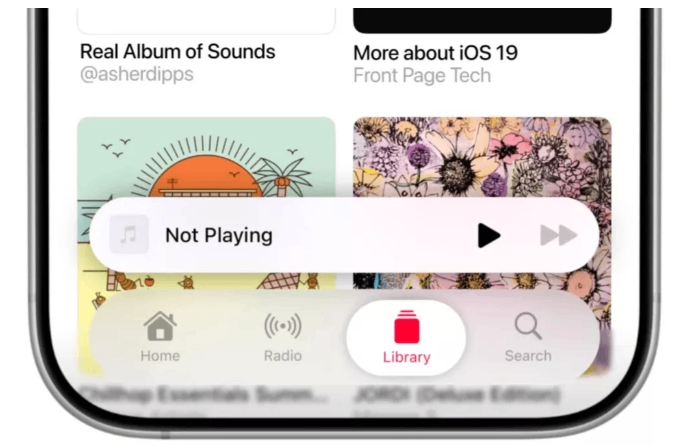
6. Battery performance (rumored)
- AI dynamic power management: Learn from user habits to accurately predict charging time and optimize battery life for ultra-thin iPhone 17 Air;
- RCS encrypted communication: iMessage supports end-to-end encryption of the RCS protocol for the first time, improving the security of Android-iOS cross-platform messages.InvalidParameterValue
7、Vision Air?
It has been revealed that Apple may also release an improved Vision Pro product-Vision Air at this WWDC.
According to rumors, Vision Air uses a large amount of titanium to replace some aluminum alloys, which reduces the overall weight and improves the comfort of wearing for a long time.Titanium is not only light and durable, but also helps with heat dissipation and corrosion resistance.
Vision Air launches a "midnight color" appearance for the first time, similar to the midnight blue of the MacBook Air in the past and clearly distinguishes it from the silver white of the existing Vision Pro.Vision Air will also use a new dedicated connection port, which looks similar to the Lightning interface, but is reduced from Vision Pro's 12 pins to 8 pins, implying that the internal hardware architecture and power supply modules have been adjusted.
Vision Air is positioned as an affordable and lightweight version of Vision Pro. The goal is to expand the penetration of the MR equipment market and form a product line diversion with the high-end Vision Pro to meet the needs of different consumers.
